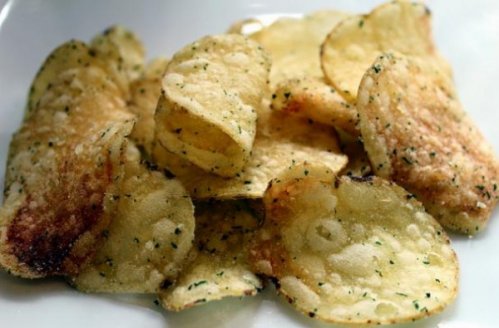 As I passed the photo of my godmother, Kathleen Duntemann, on the bookcase earlier today, I quietly wished her a happy St. Patrick’s Day. (It might be customary to say, “Wherever she is” except that I know exactly where she is.) She and my grandmother Sade Prendergast Duntemann were excellent cooks, and on St. Patrick’s Day there would almost always be corned beef and cabbage, duck, or goose, all cooked using ancient Irish recipes. I’m not sure if it was a purely family eccentricity, but back when I was still living at home, a well-picked winter goose or duck carcass would be tied with some twine to a branch of the big sycamore tree by the back door. The birds feasted, and according to my mother, the fatty leftovers allowed the now-lean birds to survive the remainder of those nasty Chicago winters.
As I passed the photo of my godmother, Kathleen Duntemann, on the bookcase earlier today, I quietly wished her a happy St. Patrick’s Day. (It might be customary to say, “Wherever she is” except that I know exactly where she is.) She and my grandmother Sade Prendergast Duntemann were excellent cooks, and on St. Patrick’s Day there would almost always be corned beef and cabbage, duck, or goose, all cooked using ancient Irish recipes. I’m not sure if it was a purely family eccentricity, but back when I was still living at home, a well-picked winter goose or duck carcass would be tied with some twine to a branch of the big sycamore tree by the back door. The birds feasted, and according to my mother, the fatty leftovers allowed the now-lean birds to survive the remainder of those nasty Chicago winters.
Of course, by May 1 there were half a dozen bird skeletons swinging in the breeze, which must have made the neighbors wonder.
As much as shamrocks entered into the spirit of Old St. Pattie’s Day at our house, I never once heard my aunt or grandmother suggest that the famous Trinitarian clover was itself food. Finally, at age 60, I realize that they were–and apparently still are. Dermot Dobson posted a photo on Facebook, of a bag of shamrock-flavored potato chips. (Or crisps, in UK/Irish parlance.) Although I initially suspected that the crisp makers were being metaphorical and perhaps having chives stand in for shamrocks, when Dermot posted a shot of the ingredients list, begorrah! Those little green things are actually pieces of genuine Irish shamrock.
Of course, this is not an ancient recipe; Keogh’s introduced the product only last year. A little research showed that the Irish evidently ate shamrock, though the implication was that they ate it in lean times when there wasn’t much else on the menu. Shamrock is, after all, a species of clover. (We’re still not entirely sure which species, of eight or nine contenders, St. Patrick used to convert all those pagan chieftans.) I barely eat vegetables at all; I can’t imagine eating what might as well be grass.
Whoops. Not only can I imagine it, I remember it: When we were eight or nine, the kids in my neighborhood would chew on what we called “sour clover,” which was a local weed that could be found under most bushes. Many years later, while doing some yardwork for my mother, I found a sprig, chomped one of the three-lobed leaves, and felt that sharp sour tang. This time I looked it up, and found that our sour clover was oxalis montana (wood sorrel) which looks precisely like the quintessential Irish shamrock. It’s sour because it contains oxalic acid. Eat enough of that, and you will not only be eating a metaphor of the Trinity, you may in fact get to meet the Trinity face-to-face.
Ok, that would be a lot of oxalis, and as best I know we all survived the adventure, Irish kids, Polish kids, Italian kids, and mongrel kids like me whom God stuck together from a box of odd ethnic parts. To us St. Patrick’s day meant that winter was almost over, that Bud’s Hardware Store had just gotten in its first shipment of Hi-Flier kites, and that the color green would soon return to the Chicago spectrum.
When Aunt Kathleen died in 1999, an Old Catholic woman priest sang the Irish Blessing before her casket at the cemetery chapel, and I smiled to think of all those goose carcasses, and how Aunt Kathleen would as likely as not be hanging with The Big Guy himself, driving snakes out of the neighborhood in her Pontiac, hoisting a glass of good Irish whisky, and keeping the kitchen warm for anyone who might stop by.
Live life in the active voice, this day and always. It’s the Irish way.











